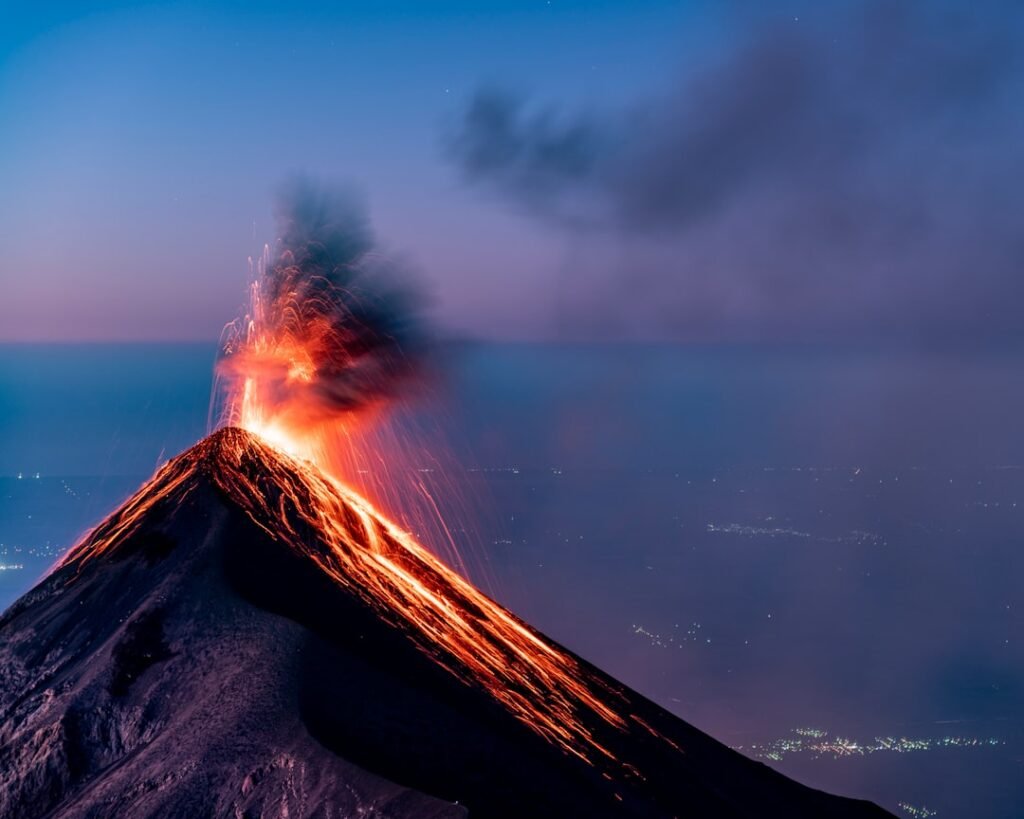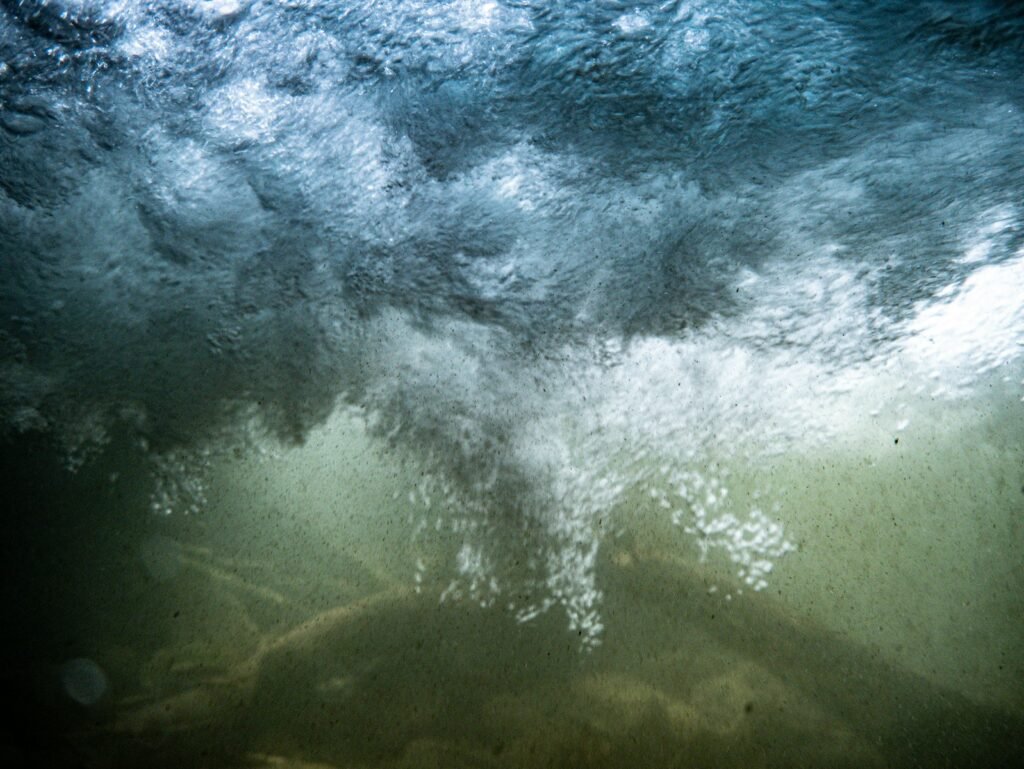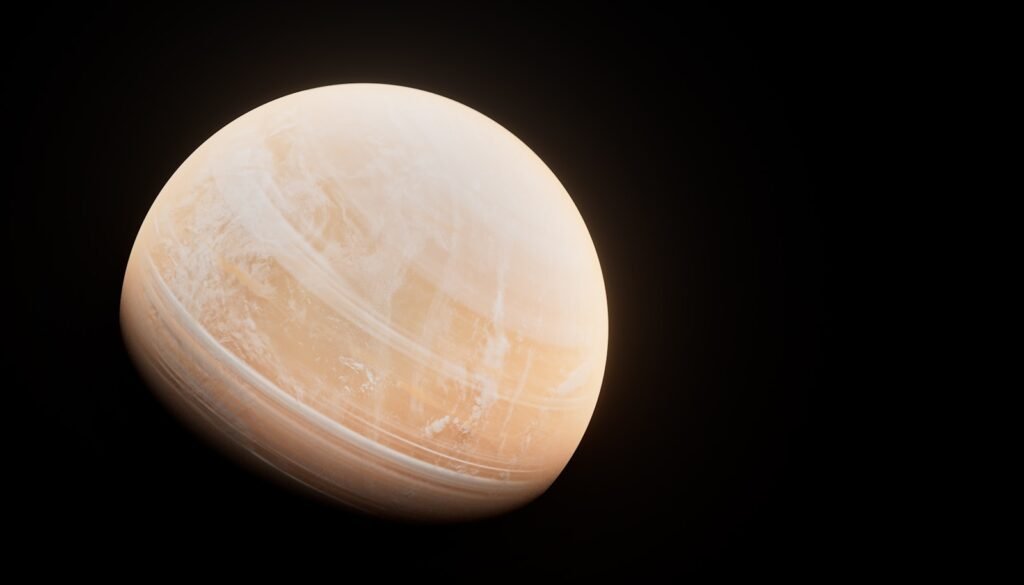If you thought the Earth was settling down in 2025, think again. This year has witnessed some of the most spectacular volcanic displays our planet has offered in recent decades. From underwater giants preparing to blow their tops to ancient systems awakening after centuries of slumber, volcanic activity has been reshaping landscapes and captivating scientists worldwide.
Picture this: while you’re reading these words, somewhere on our planet, molten rock is pushing its way through the Earth’s crust, creating new land and reminding us just how dynamic our world really is. The year 2025 has delivered a masterclass in geological drama, with 63 confirmed eruptions at some point during 2025 from 58 different volcanoes. That’s roughly one eruption every six days, though many overlap and continue for weeks or months. Let’s dive into the hotspots that are literally setting the world on fire this year.
Indonesia: The Undisputed Champion of Volcanic Chaos

You might expect Hawaii or Italy to lead the volcanic scoreboard, but Indonesia takes the crown with an iron fist. Indonesia leads the world in volcanic activity, with more active volcanoes than any other country. This archipelago nation sits at the crossroads of multiple tectonic plates, creating a perfect storm for volcanic mayhem.
Located along the Pacific and Indo-Australian plate boundaries, Indonesia’s vast archipelago is home to some of the world’s most notorious volcanoes, such as Mount Merapi, Krakatoa, and Mount Sinabung. The country’s volcanic activity isn’t just numbers on a chart, it’s a living, breathing reality that affects millions of people daily. When these giants stir, entire communities must evacuate, airports close, and the world watches anxiously.
What makes Indonesia particularly fascinating is the sheer variety of its volcanic systems. From explosive stratovolcanoes that can send ash clouds around the globe to gentler shield volcanoes that create new islands, this region showcases nearly every type of volcanic behavior known to science.
Japan: Where Ancient Tradition Meets Explosive Modernity

Japan’s relationship with volcanoes runs deeper than anywhere else on Earth. Japan’s numerous volcanic eruptions highlight its location on the Pacific Ring of Fire, where frequent earthquakes and eruptions pose significant challenges. This year, the Japan Meteorological Agency reported ongoing eruptive activity at Minamidake Crater during 22-29 September, with the Alert Level remaining at 3.
Living in Japan means living with the constant awareness that the ground beneath your feet could literally erupt at any moment. Yet the Japanese have turned this challenge into an art form of preparedness and resilience. Their volcanic monitoring systems are among the world’s most sophisticated, and their evacuation procedures are practiced with the precision of a choreographed dance.
The volcanic activity here isn’t just about destruction, though that’s certainly a concern. These eruptions create some of the world’s most fertile agricultural land and contribute to Japan’s famous hot springs culture. It’s a delicate balance between danger and benefit that defines much of Japanese life.
Russia’s Kamchatka Peninsula: The Remote Powerhouse

In the far reaches of Russia lies one of Earth’s most volcanically active regions that few people ever see. Russia’s Kamchatka Peninsula is home to some of the world’s most remote and active volcanoes, with about 29 currently active volcanoes among over 160 volcanic formations. Klyuchevskoy, Shiveluch, and Bezymianny are among the most frequently erupting volcanoes in this region.
One of the most active volcanoes on the Kamchatka Peninsula is erupting yet again, demonstrating the relentless nature of this region’s geological activity. The remoteness of Kamchatka means that many eruptions go largely unnoticed by the general public, yet they’re creating some of the most pristine volcanic landscapes on Earth.
The peninsula’s isolation has created a unique laboratory for volcanic research. Without the pressure of nearby populations, scientists can study these volcanoes in their natural state, learning valuable lessons about how volcanic systems behave when left undisturbed by human activity.
Chile’s Andean Volcanic Belt: South America’s Fiery Spine

Running along the western edge of South America like a chain of sleeping giants, Chile’s volcanic systems have produced some memorable displays in 2025. Chile, with 19 recorded eruptions, is no stranger to volcanic activity. The country lies along the Andean Volcanic Belt, home to Villarrica, Llaima, and Calbuco, which periodically erupt and impact surrounding communities.
The Andes Mountains create a unique volcanic environment where the Nazca Plate slides beneath the South American Plate, generating the heat and pressure needed for spectacular eruptions. Chilean volcanoes are known for their explosive nature, often sending ash clouds thousands of meters into the atmosphere.
What makes Chile’s volcanic activity particularly challenging is the country’s elongated shape. When a volcano erupts in the north, it might not affect the south at all, but the country’s infrastructure means that major eruptions can still have nationwide impacts. The 2025 activity has reminded Chileans that living in one of the world’s most seismically active regions requires constant vigilance.
Iceland’s Reykjanes Peninsula: Europe’s Hottest Real Estate

Iceland has stolen headlines throughout 2025 with a dramatic series of eruptions that have captivated the world. Between December 2023 and August 2025, there have been nine eruptions on the Reykjanes Peninsula, transforming this once-quiet corner of Iceland into a tourist magnet and scientific wonderland.
The most recent one started on 16 July 2025, but it slowed significantly down soon after, and there has been no visible activity since 5 August. However, don’t let the current calm fool you. Dr. Evgenia Ilyinskaya, a volcanologist from the University of Leeds, suggested that this eruption indicated the Reykjanes Peninsula might be entering a long-term period of frequent eruptions, potentially lasting for centuries.
The Iceland story is particularly fascinating because it represents the birth of new land. The recent series of eruptions on the Reykjanes Peninsula offers an unprecedented opportunity to observe the development of a shield volcano from its initial stages. This is significant because it’s the first time in recorded history that scientists have the technology and methodologies to closely monitor and study the evolution of a shield volcano in real time.
Papua New Guinea: Pacific Island Volcanic Theater

In the southwestern Pacific, Papua New Guinea continues to showcase the raw power of island arc volcanism. Papua New Guinea, located in the South Pacific, has seen 13 eruptions. Its volcanic islands, such as Rabaul and Manam, frequently experience eruptions that displace local populations.
The country’s volcanic activity presents unique challenges because many of its volcanoes are located on small islands with limited evacuation options. When these volcanoes erupt, entire communities must be relocated to other islands, sometimes permanently. This creates not just geological drama but human stories of displacement and resilience.
Papua New Guinea’s volcanoes are particularly unpredictable, often showing little warning before major eruptions. This has led to the development of some of the world’s most innovative early warning systems, designed to give island communities precious extra time to evacuate when danger approaches.
Ecuador’s Andean Peaks: High-Altitude Volcanic Drama

High in the Andes Mountains, Ecuador’s volcanoes continue their ancient dance of destruction and creation. Ecuador rounds out the list with 12 eruptions, largely concentrated in the Andes Mountains. The famous Cotopaxi and Tungurahua volcanoes are among the most active and closely monitored in South America.
Ecuador’s volcanic activity is particularly concerning because of the high population density in many volcanic regions. Quito, the capital city, sits surrounded by potentially active volcanoes, creating a scenario where millions of people could be affected by a major eruption.
The country has invested heavily in volcanic monitoring and emergency preparedness, creating some of the most sophisticated volcano observatories in South America. Their work has become a model for other countries facing similar volcanic hazards.
The Pacific Ring of Fire: Nature’s Greatest Spectacle

When discussing global volcanic activity, it’s impossible to ignore the Pacific Ring of Fire. The Pacific Ocean’s ‘Ring of Fire’ is the most volcanically active area of our planet. Part of that ring (though, it’s really more a horseshoe) bisects the Pacific Northwest via the Cascade Range.
The Ring of Fire is an enormous belt of active and dormant volcanoes that surrounds most of the Pacific Ocean. It runs from southern Chile, up the west coast of the Americas, through the islands off Alaska and down Japan to the Philippines. This massive system accounts for roughly 75 percent of the world’s active and dormant volcanoes.
What makes the Ring of Fire so spectacular is its diversity. Some are steady and erupt without massive build-ups, and others erupt sporadically but catastrophically. The different kinds of plate interactions in the Pacific serve as “test beds” for learning what leads to different types of eruptions.
Underwater Giants: The Axial Seamount Story

One of 2025’s most intriguing volcanic stories is playing out beneath the Pacific Ocean, where few will ever see it directly. The Axial Seamount – an underwater peak located some 300 miles off Oregon’s coast – and scientists think it may erupt before the year is out.
With eruptions in 1998, 2011, and 2015, the volcano serves as a perfect laboratory, and experts expect an eruption by the end of 2025. While being meticulously monitored since 1997, the volcano has undergone an eruption in 1998, 2011, and 2015. This underwater giant represents a completely different type of volcanic activity than what most people imagine.
According to Science Alert, the shield structure of the peak formed from thin lava, meaning that any eruption won’t be explosive but will instead ooze out lava and form new seafloor. This means there is no threat of a possible tsunami to the nearby coast. Still, the scientific value of observing this eruption could be immense.
Italy’s Volcanic Triangle: Ancient Fire in Modern Times

Europe’s most famous volcanic region continues to provide dramatic displays in 2025. Europe’s most active volcano, Mount Etna in Italy, had a major eruption in June. Tourists had to quickly flee the area, but fortunately, no serious injuries or fatalities occurred.
Italy’s volcanic activity extends beyond just Mount Etna. Campi Flegrei in Italy and Ilopango in El Salvador both have populations of over 2 million people living within 5 kilometers of the volcanoes. This creates one of the world’s most precarious situations where major urban populations live literally on top of potentially explosive volcanic systems.
The Mediterranean volcanic activity represents some of the most studied and monitored volcanic systems on Earth, yet they continue to surprise scientists with their behavior and timing. The 2025 activity has reminded Europeans that living with volcanoes means living with uncertainty.
Conclusion: Living on a Dynamic Planet

The year 2025 has been a stark reminder that we live on an extraordinarily dynamic planet. There are 44 volcanoes with continuing eruptions as of the Stop Dates provided, and as reported through 19 September 2025. Although detailed statistics are not kept on daily activity, generally there are around 20 volcanoes actively erupting at any particular time.
These volcanic regions represent more than just geological curiosities or natural disasters waiting to happen. They’re the planet’s way of releasing internal pressure, creating new land, and maintaining the delicate balance that makes Earth habitable. From Indonesia’s explosive archipelago to Iceland’s slow-building shields, from underwater seamounts to high-altitude Andean peaks, volcanic activity in 2025 has shown us the full spectrum of our planet’s creative and destructive power.
What do you think about living so close to such powerful natural forces? The people in these regions have learned to balance respect for nature’s power with the practical needs of daily life, creating some of humanity’s most resilient and adaptable communities.

Jan loves Wildlife and Animals and is one of the founders of Animals Around The Globe. He holds an MSc in Finance & Economics and is a passionate PADI Open Water Diver. His favorite animals are Mountain Gorillas, Tigers, and Great White Sharks. He lived in South Africa, Germany, the USA, Ireland, Italy, China, and Australia. Before AATG, Jan worked for Google, Axel Springer, BMW and others.




